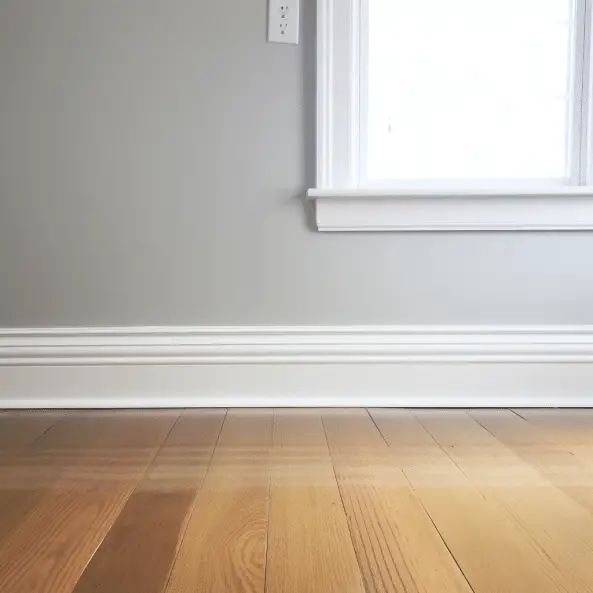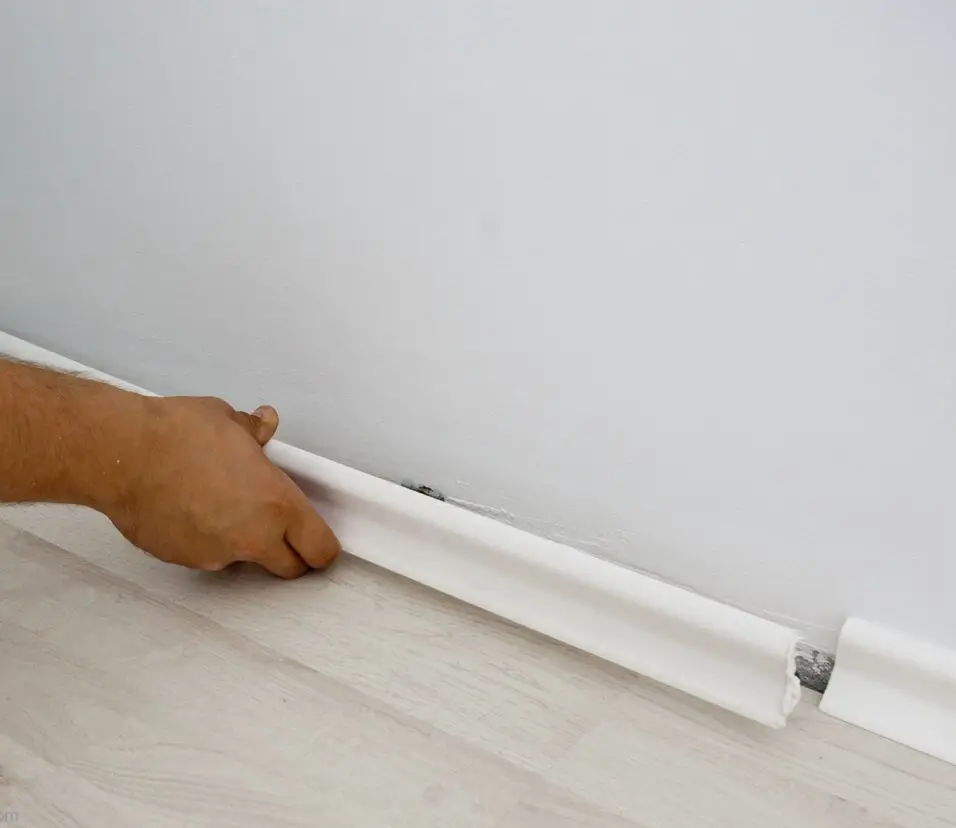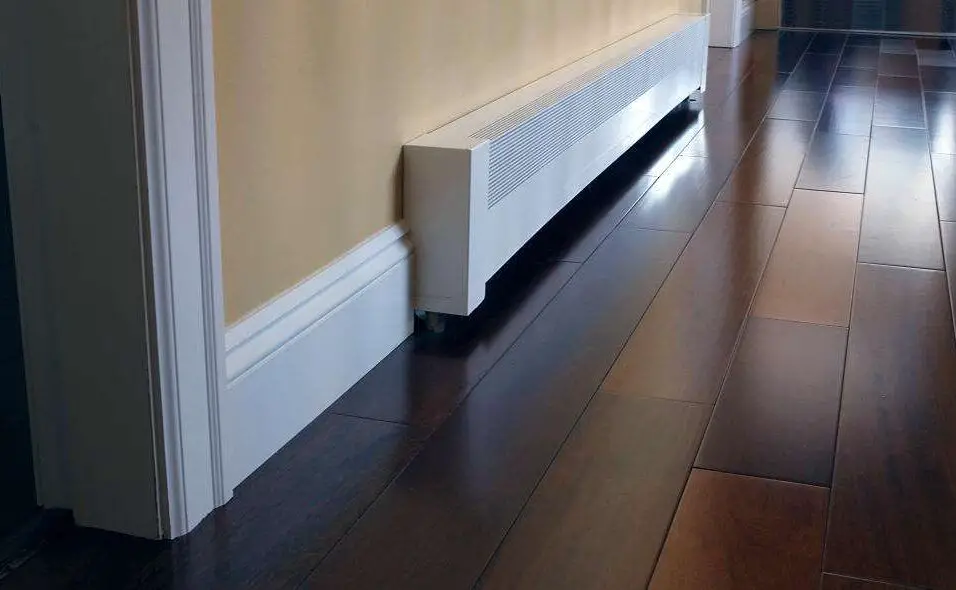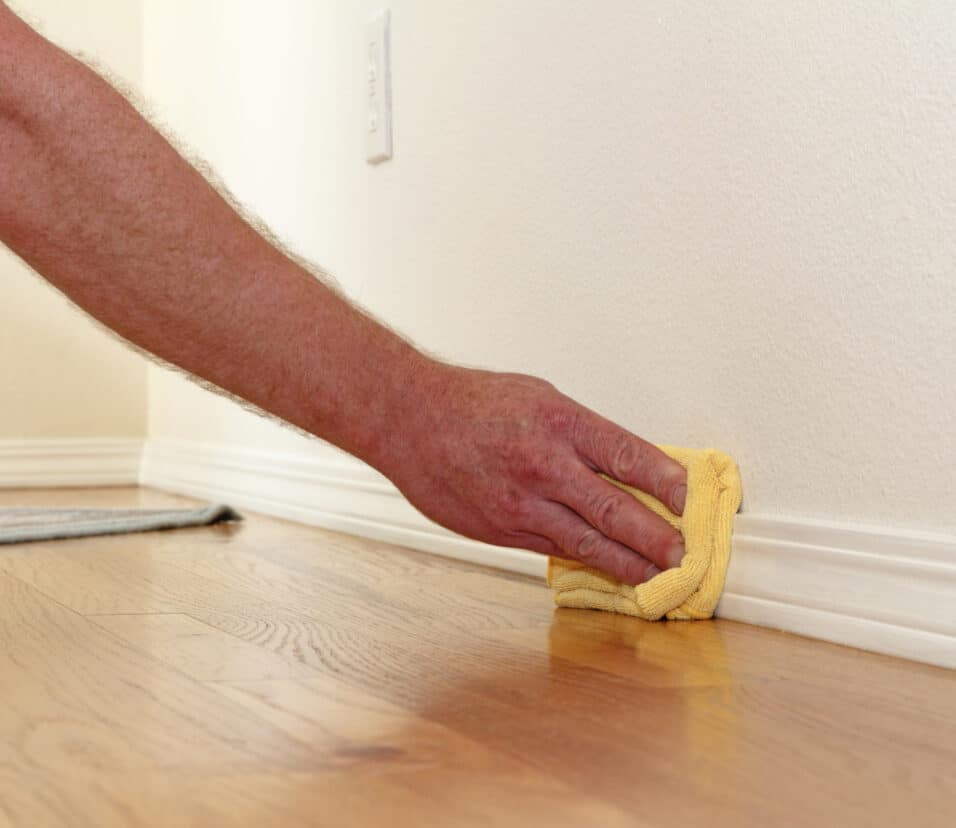How To Wire Baseboard Heaters
Introduction
How To Wire Baseboard Heaters: Baseboard heaters are a popular choice for heating individual rooms or small spaces. They are efficient, easy to install, and provide a consistent source of heat. However, if you are not familiar with electrical work, the process of wiring baseboard heaters can seem daunting. In this article, we will provide a step-by-step guide on how to wire sand baseboard heaters, ensuring that you can safely and effectively heat your space.
It is important to note that working with electricity can be dangerous if not done correctly. If you are unsure about any step or do not have experience with electrical work, it is highly recommended to hire a professional electrician. Safety should always be the top priority when working with electricity. Start by turning off the power to the circuit you will be working on. This can be done by flipping the corresponding breaker in your electrical panel. Double-check that the power is off by using a voltage tester.
Next, measure and mark the location where you will be installing the baseboard heaters. It is important to ensure that there is enough clearance around the heaters for proper airflow. Consult the manufacturer’s instructions for specific clearance requirements.
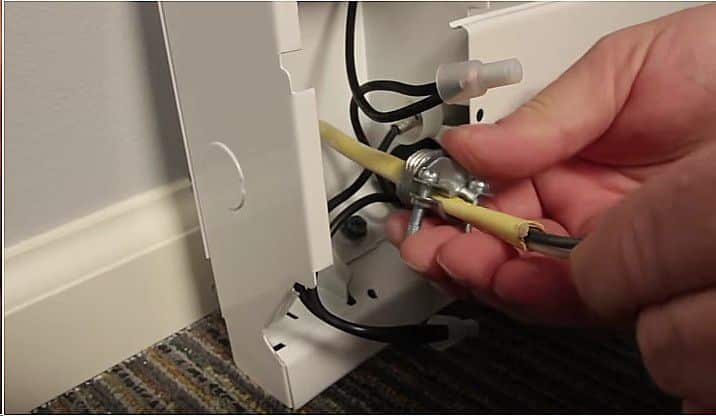
What is the proper wire for baseboard heater?
A 240-volt baseboard heater requires its own dedicated 20-amp or 30-amp 240-volt electrical circuit. A 20-amp circuit can safely provide 3,800 watts of power, while a 30-amp circuit is suitable for up to 5,700 watts. The standard circuit cable for 20-amp circuits is 12-gauge; 30-amp circuits need a 10-gauge cable.
When it comes to choosing the proper wire for a baseboard heater, there are a few factors to consider. The wire you select should be able to handle the electrical load of the heater without overheating or causing any safety hazards. Additionally, it should meet the requirements set by the National Electrical Code (NEC) to ensure compliance with electrical safety standards.
The first thing to consider is the voltage of your baseboard heater
Baseboard heaters typically operate on either 120 volts or 240 volts. The voltage will determine the size of wire you need. For a 120-volt heater, a 14-gauge wire is usually sufficient, while a 240-volt heater will require a thicker 12-gauge wire. It’s important to check the manufacturer’s specifications for your specific heater to confirm the recommended wire size.
The next factor to consider is the length of the wire run
The longer the distance between the heater and the electrical panel, the more resistance the wire will have. This resistance can cause voltage drop, which can affect the performance of the heater. To minimize voltage drop, it’s recommended to use a thicker wire for longer wire runs. For example, if you have a 240-volt heater and the wire run is over 100 feet, you may need to use a 10-gauge wire instead of a 12-gauge wire.
Another important consideration is the type of wire insulation
Baseboard heaters are typically installed in areas where they may be exposed to moisture or high temperatures. Therefore, it’s crucial to use wire with the appropriate insulation rating. Look for wire that is rated for use in wet or damp locations, and ensure that it has a high enough temperature rating to withstand the heat generated by the heater.
Lastly, it’s important to follow the NEC guidelines for wire installation
The NEC provides specific requirements for wire sizing, grounding, and installation methods to ensure electrical safety. It’s important to consult the NEC or a licensed electrician to ensure that your wire installation meets these guidelines.
How are baseboard heaters connected?
The two hot wires on the cable leading to the heater connect to the two “load” wires on the thermostat. Both white circuit wires should be labeled as “hot” with a band of black or red tape. The bare ground wires connect to the ground screw or ground wire on the thermostat, via a pigtail wire.
Baseboard heaters are a popular choice for heating individual rooms or small spaces. They are typically installed along the baseboard of a wall and provide a steady, even heat. But how exactly are these heaters connected? Let’s take a closer look.
Ensuring Proper Circuit Sizing: Crucial Step in Connecting Baseboard Heater
Before you can connect a baseboard heater, you need to make sure that the electrical connection can handle the heater’s load. To do this, you need to find out how much current the heater can handle and make sure the circuit breaker and wires can safely handle that load. It’s important to check the electrical codes in your area and the manufacturer’s directions to make sure you’re following the rules.
After making sure the electrical connection is the right size, the baseboard heater can be put in place. In most cases, this means attaching the heater to the wall and plugging it into the power source. It’s important to follow the instructions because the exact steps for installation may be different based on the model and manufacturer.
It’s important to make sure the wiring is done right when connecting the baseboard heater to the power line. In this case, the hot and neutral lines must be properly connected, and the heater must be grounded if needed. To make sure safety and following electrical codes, it’s best to hire a professional electrician to do the wiring.
How to wire 240V electric baseboard heater?
For standard baseboard wring on the right or left 120V or 240V supply
- Connect one supply wire to one heater wire
- Connect remaining supply wire to remaining heater wire
- Replace wiring compartment cover and secure with screw previously removed
- Turn power back on at the electrical panel board
It’s easy to wire a 240V electric floor heater; just follow these steps. An electrical tape, a voltage tester, and wire links are the things you need before you start wiring. To keep yourself and others safe, turn off the power before working on a circuit.
First, find the 240V electric baseboard heater’s circuit switch. Once you’ve found the right switch, turn it off to cut the power. Use a voltage tester to make sure the power is off before you do any electrical work.
Next, you need to take off the thermostat and baseboard heater cover pieces. This shows the links that need to be made. Different models of baseboard heaters may have different wiring connections, so read and follow the directions from the manufacturer.
Connect the circuit wires to the baseboard heater after taking off the cover plates. Most of the time, you need to connect three wires: black, white, and ground. The black wire is the hot wire, the white wire is the neutral wire, and the ground wire is the safety wire. Use color-matched wire connections to safely connect wires.
After joining wires together, electrical tape should be used to keep them from touching by accident. After covering the connections, put the thermostat and baseboard heater cover plates back on. Turn the circuit breaker back on and check to see if the floor heater works.
How many wires for baseboard heater?
Typically the baseboard heater circuit wire will be provided by installing a 2-wire cable with a ground, and the colors of the insulated wires will be black and white, and the white wire of a 220 volt circuit is typically colored red.
When it comes to installing a baseboard heater, one of the important considerations is the number of wires required for the installation. The number of wires needed for a baseboard heater depends on various factors, including the voltage of the heater and the electrical code requirements in your area. In general, baseboard heaters typically require two or three wires for proper installation.
For a standard 120-volt baseboard heater, two wires are usually sufficient.
Usually, there is a “hot” wire that carries the electricity and a “neutral” wire that completes the circuit. One end of the heater is wired for the hot wire, and the other end is wired for the neutral wire. This makes it possible for the electricity to flow through the heater and heat it up.
You will need three lines, though, if you want to install a 240-volt baseboard heater. A 240-volt heater needs a ground wire for safety reasons along with the hot and neutral wires. As soon as there is a problem or short circuit, the ground wire lets the electricity flow safely away. When putting a 240-volt baseboard heater, it’s important to make sure you follow the rules set by your local electrical code.
It’s important to keep in mind that the exact wiring needs for baseboard heaters may be different based on the brand and model. For that reason, it is always best to follow the installation directions that came with the heater you are installing. These instructions will go into great depth about the wiring needs and any other things that need to be thought about for a safe and correct installation.
The power of the heater and the electrical code rules in your area will determine how many wires you need for a baseboard heater. Three wires are usually needed for a 240-volt heater and two wires are usually needed for a 120-volt heater. For a safe and correct installation, it is important to read the manufacturer’s directions and follow the rules set by the electrical code.
How many volts are baseboard heaters?
Electric baseboard heaters can be powered by either a 120-volt or 240-volt circuit. Electricians generally install 240-volt heaters since they use lower amperage and are more energy-efficient than 120-volt heaters.
Baseboard heaters typically operate on standard household voltage, which is 120 volts in most residential settings. However, there are also baseboard heaters available that operate on 240 volts. The voltage requirement of a baseboard heater depends on its size and power output.
Baseboard heaters are a popular choice for heating individual rooms or areas within a home. They are often used as a supplemental heat source or in rooms where installing a central heating system may not be feasible. These heaters are designed to be mounted along the baseboard of a wall and provide radiant heat to warm up the space.
When it comes to voltage, most baseboard heaters are designed to operate on 120 volts. This is the standard voltage found in most residential electrical systems. It is important to note that the voltage requirement may vary depending on the specific model and manufacturer of the baseboard heater.
For larger baseboard heaters or those with higher power output, a voltage of 240 volts may be required. These heaters are typically used in larger rooms or areas that require more heating capacity. It is important to check the specifications of the baseboard heater before installation to ensure that the correct voltage is available.
Voltage Considerations for Baseboard Heaters: Choosing Between 120V and 240V
In short, baseboard heaters can run on either 120 or 240 volts, based on how big they are and how much power they use. Most baseboard heaters for homes are made to work on 120 volts, which is the usual voltage in homes. 240 volts may be needed for bigger heaters or ones that put out more power, though. Before installing a baseboard heater, it’s important to look at its specs to make sure it has the right voltage.
There are a few important steps that need to be taken when wiring baseboard heaters to make sure they are installed correctly and work properly. To begin, it is very important to turn off the power to the circuit that will be used for the heaters. To do this, turn off the circuit breaker in the electrical box that goes with it.
Next, the right size of electrical wire needs to be picked out. The length and wattage of the baseboard heaters will determine the size of the line. To find out what size wire you need for your heaters, you should read the manufacturer’s instructions or talk to a trained electrician.
As soon as the size of the wire is known, it is time to run the wire from the electrical box to where the baseboard heaters will go. Based on how the room is set up, this can be done through the walls or along the floorboards. It’s important to make sure the wire is properly covered and secured to keep it from getting damaged or causing harm.
Are there any specific safety precautions to consider when wiring baseboard heaters?
Don’t stop the air from moving.
But you should know that nothing should be put in front of the heater to stop the flow of air. This is important for the heater to work right. If you put furniture in front of your floor heater, it should be at least 6 inches away.
- To avoid getting an electric shock, make sure to turn off the power at the circuit switch before you start any electrical work. Use a voltage checker to make sure the power is off a second time.
- Use the right wire size For the baseboard heaters, it is very important to use the right wire size. To find out what wire gauge is right for your heater model, read the manufacturer’s instructions or talk to a trained electrician.
- Most baseboard heaters need their own dedicated circuit. Installing a separate circuit for each heater will keep the current circuits from getting too busy. This spreads out the electrical load evenly and lowers the chance of overheating or breaking breakers.
- Proper grounding To avoid getting an electric shock, make sure that the floor heaters are properly grounded. You can either screw the heater to a grounding cable or grounding electrode or connect the grounding wire to the grounding terminal.
- Learn about the rules and codes in your area that cover wiring baseboard heaters. These codes might have specific rules about how to place things, protect circuits, and insulate wires. Following these rules will make sure that the rules are followed and will improve safety.
What type of electrical wiring is required for baseboard heaters?
A 20-amp or 30-amp 240-volt electrical line is all that a 240-volt baseboard heater needs. A 20-amp circuit is safe for up to 3,800 watts of power, and a 30-amp circuit is safe for up to 5,700 watts. 12-gauge wire is standard for 20-amp circuits, while 10-gauge cable is standard for 30-amp circuits.
It is important to use the right kind of electrical wiring when wiring floor heaters to make sure they are safe and work right. Most of the time, 240-volt circuit wire is used for baseboard heaters. Because baseboard heaters usually need a higher power to work well, this type of wiring is needed. If you use the wrong kind of wiring, it could lead to overheating, electricity problems, or even fires.
It is very important to follow the manufacturer’s wiring directions and instructions for installing baseboard heaters. The right wire gauge and amperage rating for the heaters will be given in these directions. Pick the right wire size to handle the heaters’ electrical load and keep the wires from getting too hot. To make sure safety and avoid electrical shocks, the wires should also be properly grounded.
Can baseboard heaters be wired in series or parallel, and what are the differences between the two?
Basically any number of heaters can be connected in parallel, but usually only two heaters are connected in series. Connecting more than two heaters in series becomes much more complicated. With heaters connected in series, if a heater fails it can affect the other heaters.
Baseboard heaters can be wired in either series or parallel, but it is important to understand the differences between the two wiring methods. When baseboard heaters are wired in series, the electrical current flows through each heater in a sequential manner. This means that if one heater malfunctions or stops working, it can disrupt the flow of electricity to the other heaters in the series. Additionally, the total resistance of the circuit increases when heaters are wired in series, which can result in a decrease in overall heating efficiency.
On the other hand, when baseboard heaters are wired in parallel, each heater is connected directly to the power source. This means that if one heater malfunctions, it will not affect the operation of the other heaters. Wiring baseboard heaters in parallel also allows for more precise control of each individual heater, as they can be independently turned on or off. Furthermore, wiring in parallel reduces the overall resistance of the circuit, resulting in improved heating efficiency.
Are there any specific codes or regulations that need to be followed when wiring baseboard heaters?
Yes, there are specific codes and regulations that need to be followed when wiring baseboard heaters. These codes and regulations are in place to ensure the safety and proper functioning of the heaters. Failure to comply with these codes and regulations can result in electrical hazards and may even void the warranty of the heaters.
One important code to follow is the National Electrical Code (NEC), which provides guidelines for electrical installations. According to the NEC, baseboard heaters must be installed on dedicated circuits and should not be connected to any other electrical devices or appliances. This means that each baseboard heater should have its own circuit breaker and wiring.
Additionally, the NEC specifies the minimum wire size and ampacity rating for baseboard heaters. The wire size and ampacity rating should be selected based on the wattage and voltage of the heaters. It is important to use the correct wire size to prevent overheating and potential fire hazards.
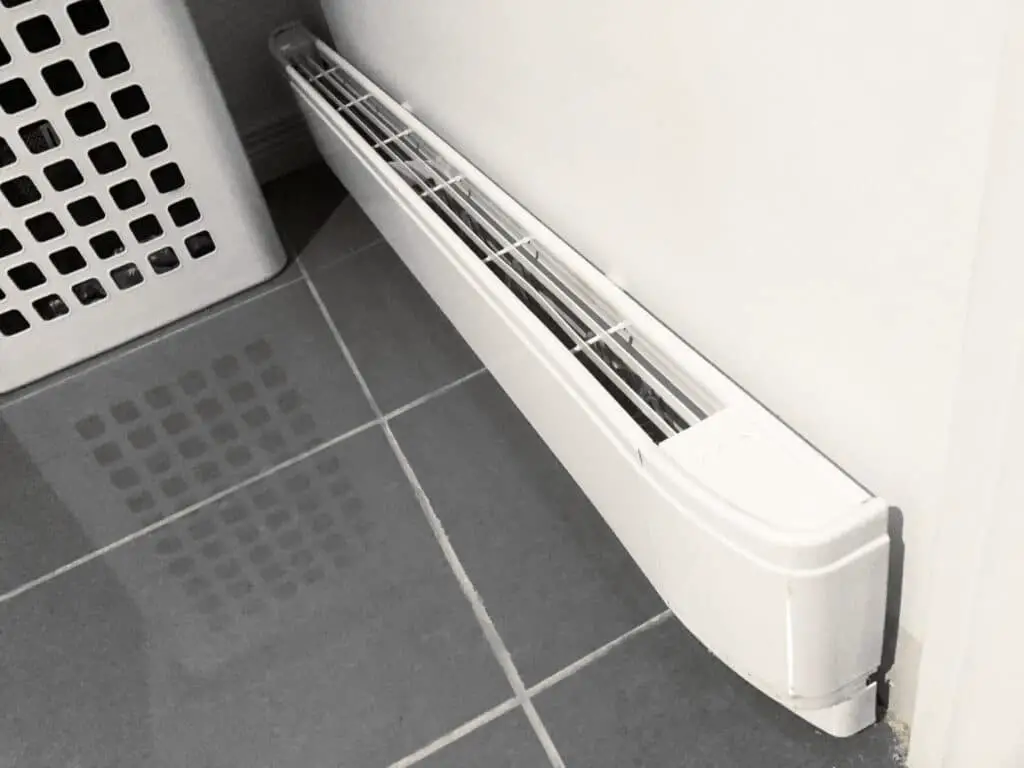
Conclusion
Learning how to wire baseboard heaters is a valuable skill for any homeowner or electrician. By understanding the basic principles of electrical wiring and following safety guidelines, individuals can successfully install and connect baseboard heaters in their homes. This not only provides a cost-effective and efficient heating solution but also allows for greater control and customization of temperature settings in different rooms.
One of the key takeaways from this process is the importance of safety. It is crucial to turn off the power supply before beginning any electrical work and to use the appropriate tools and equipment. Additionally, following local building codes and regulations ensures that the installation is done correctly and up to standard. By taking these precautions, individuals can prevent electrical accidents and ensure the longevity and functionality of their baseboard heaters.
Understanding the different types of wiring systems and thermostat options for baseboard heater is essential. This knowledge allows individuals to choose the most suitable wiring method and thermostat for their specific needs and preferences. Whether it is line voltage or low voltage wiring, or a simple mechanical thermostat or a programmable one, having a clear understanding of these options enables individuals to make informed decisions and optimize the performance of their baseboard heaters.




